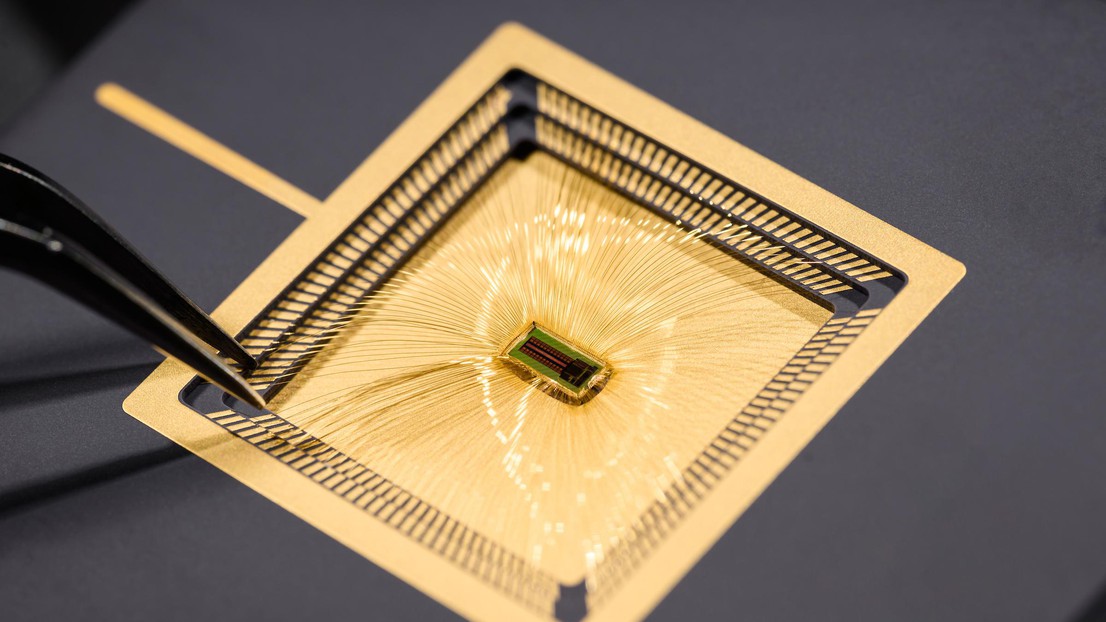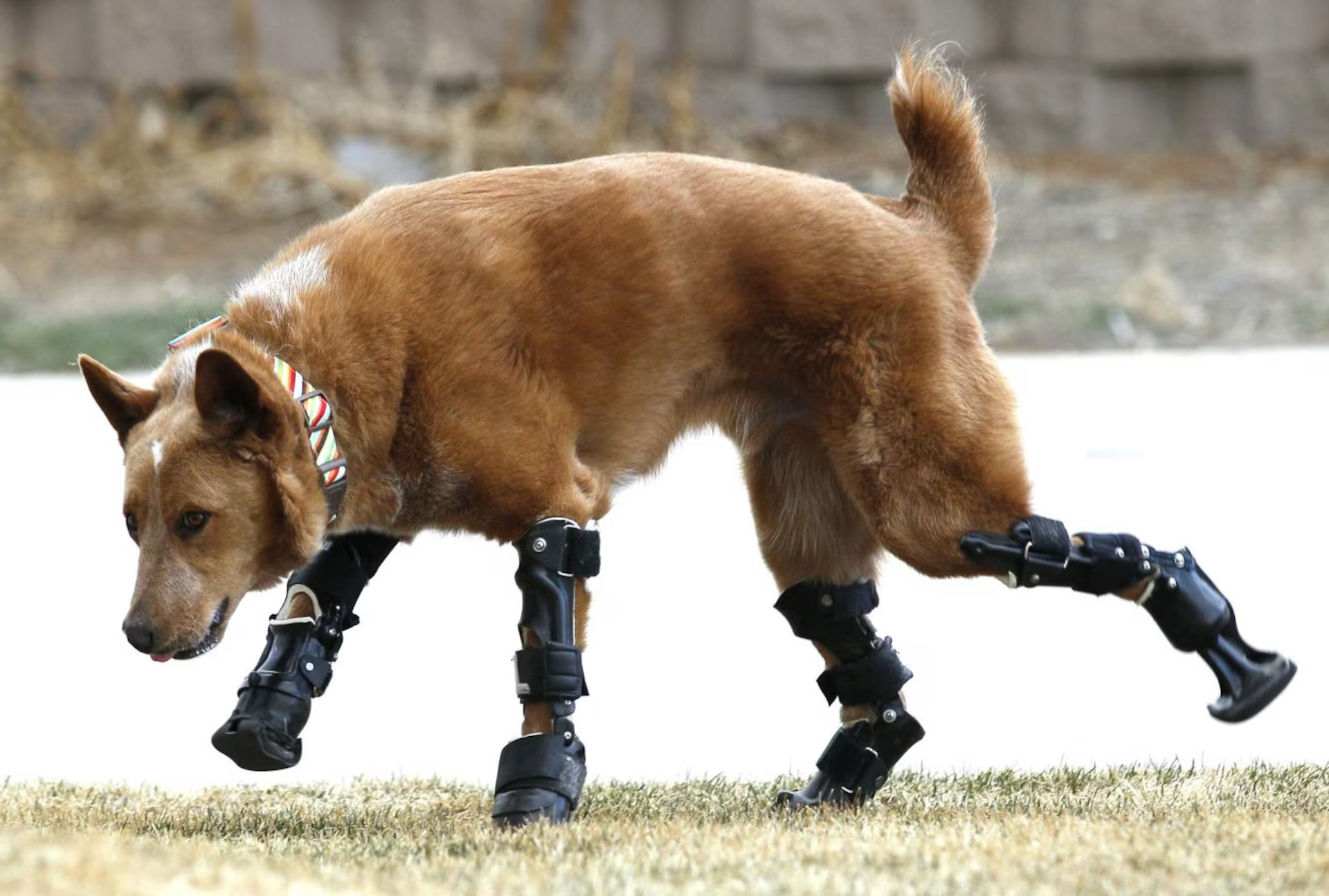Introduction
The merging of human minds with bionic implants is no longer just a concept confined to the realms of science fiction. In fact, it’s a topic of great debate and intrigue in the realms of neuroscience, bioengineering, and ethics. From mind-controlled prosthetics to the ambitious visions of brain-machine interfaces (BMIs), the promise of augmenting the human body and brain with technology is closer than ever. Yet, this futuristic vision raises the critical question: are we truly ready to integrate human minds with bionic implants?
In this article, we will explore the current state of bionic implants, the potential benefits and risks associated with this integration, the technological advancements that have led us to this point, and the ethical considerations that will shape the future of human-machine coexistence.
The Promise of Bionic Implants
At its core, bionic implants represent a convergence of biology and technology. Bionics, in this context, refer to the use of artificial devices to restore or enhance the function of human organs or tissues. From bionic limbs that restore mobility to cochlear implants that enable the deaf to hear, the impact of bionics on human lives is undeniable.
But what if the scope of bionics went beyond mere restoration? What if we could enhance not only the body but the mind itself? This is where the vision of merging human minds with bionic implants comes into play. Imagine a world where cognitive functions, memory, and even emotional responses can be augmented or restored through the use of advanced technology. Brain-machine interfaces, artificial intelligence, and advanced neural prosthetics hold the potential to revolutionize how we perceive the limits of human capability.
Current State of Bionic Implants: The Frontier of Technology
Bionic technology has come a long way in recent years. Some of the most notable achievements include:
- Cochlear Implants: These small electronic devices are surgically implanted to provide a sense of sound to individuals who are profoundly deaf or severely hard of hearing. The cochlear implant bypasses damaged portions of the ear and directly stimulates the auditory nerve, allowing patients to hear.
- Prosthetic Limbs: Advances in prosthetics have resulted in limbs that are not only functional but also capable of mimicking natural movement. Modern prosthetics, such as the Ottobock bebionic hand or the Open Bionics Hero Arm, use sensors and motors to replicate the movements of a natural hand or arm, offering a more natural experience for amputees.
- Neuroprosthetics: Devices that interact directly with the nervous system to restore lost sensory or motor functions. One of the most prominent examples is the “brain-computer interface” (BCI), which allows individuals with paralysis to control robotic arms or even type messages on a computer screen using only their thoughts.

These technologies show great promise, but they are still relatively limited in scope. For instance, current neuroprosthetics are mostly used to restore basic functions such as movement or hearing. The leap from restoring basic sensory and motor functions to enhancing cognitive abilities is a huge one. However, the research and development in this area are accelerating.
The Road to Merging Minds and Machines
To understand whether we’re ready to merge human minds with bionic implants, it’s essential to look at the technology that underpins such an idea: Brain-Machine Interfaces (BMIs). These interfaces aim to establish direct communication between the human brain and external devices, bypassing the traditional ways the body communicates with the world (via the senses and motor pathways).
How Do Brain-Machine Interfaces Work?
BMIs typically consist of three main components:
- Sensors: These detect neural signals from the brain. These could be implanted directly into the brain or placed on the scalp (as in EEG headsets).
- Signal Processors: These devices interpret the neural signals picked up by the sensors, translating them into usable information.
- Actuators: These are devices that perform tasks based on the signals from the brain. For example, in a robotic arm controlled by a BMI, the actuators would be the motors that move the arm based on neural input.
In recent years, the development of BMIs has advanced significantly, thanks to better neuroimaging technologies, improved sensor technologies, and artificial intelligence. The breakthrough with Elon Musk’s Neuralink, for example, has made headlines with its goal of allowing humans to control computers and other devices directly with their minds, and potentially treat neurological disorders.
The Benefits: What Could We Achieve?
- Restoration of Lost Abilities: One of the most compelling benefits of merging human minds with bionic implants is the restoration of lost sensory or motor functions. For those who have lost limbs, the possibility of controlling bionic arms with their thoughts is life-changing. Similarly, those with neurological conditions such as Parkinson’s disease or ALS could benefit from implants that stimulate neural pathways, helping to restore mobility or speech.
- Enhanced Cognitive Functions: Imagine a world where memory can be enhanced, where we can store and retrieve information as easily as accessing data on a hard drive. BMIs could allow for this kind of cognitive augmentation, improving learning, recall, and even problem-solving skills. In the future, we may be able to merge our minds with artificial intelligence, creating a symbiosis between human thought and machine intelligence.
- Improved Quality of Life: For individuals suffering from conditions like paralysis, the ability to control prosthetics with their minds could lead to a dramatic improvement in quality of life. Furthermore, bionic implants could potentially restore senses like sight, hearing, or even touch, enabling individuals with disabilities to engage more fully with the world around them.
The Risks: Are We Prepared?
While the benefits of merging human minds with bionic implants are tantalizing, the risks are equally significant. Some of the most pressing concerns include:

- Privacy and Security: BMIs have the potential to open up new vulnerabilities in terms of privacy and security. If brain signals can be intercepted or manipulated, there could be serious consequences for individuals’ personal autonomy. Hackers could potentially gain access to thoughts, memories, or even control over one’s actions.
- Ethical Concerns: The idea of enhancing cognitive abilities or extending human lifespan through technological implants raises significant ethical questions. Should we enhance human cognition if it leads to inequalities between those who can afford such technologies and those who cannot? Who gets to decide how much enhancement is acceptable? Furthermore, there are concerns about the impact on human identity—if we enhance the brain with machines, does that change what it means to be human?
- Health Risks: The implantation of foreign devices into the body, particularly the brain, carries inherent risks. Even with cutting-edge surgical techniques, there is always a possibility of infection, rejection of the implant, or damage to the brain tissue. Long-term health risks associated with such technologies are still largely unknown.
The Ethical and Social Implications
The merging of human minds with bionic implants isn’t just a technological issue—it’s a profound ethical dilemma. Some of the most significant concerns include:
- Inequality and Access: Access to bionic implants and enhancements will likely be limited to those who can afford them. This could exacerbate existing social inequalities, creating a divide between those who can afford cognitive and physical enhancements and those who cannot.
- Identity and Humanity: The idea of merging with machines raises deep questions about the nature of humanity. If our thoughts, memories, and behaviors are shaped or enhanced by machines, do we lose our sense of self? What makes us human if our minds are augmented by artificial intelligence?
- The Potential for Control and Manipulation: If bionic implants are used to enhance cognitive abilities, there is a risk that they could also be used to control or manipulate individuals. Governments, corporations, or even malicious actors could use such technology to exert control over individuals or populations, leading to a future where freedom and autonomy are compromised.
Conclusion: Are We Ready?
The idea of merging human minds with bionic implants is undeniably exciting and holds the potential to revolutionize human life in ways we can only imagine. The benefits are clear, especially in terms of restoring lost abilities, enhancing cognitive function, and improving quality of life for those with disabilities. However, the risks and ethical concerns are equally significant. We must carefully consider the implications of such technology on privacy, security, social equity, and human identity before moving forward.
While we are not yet fully prepared to merge human minds with bionic implants, the progress made in fields such as neuroprosthetics and brain-machine interfaces suggests that we are on the right path. However, achieving this vision will require not only technological innovation but also thoughtful discussion and regulation to ensure that we navigate the challenges responsibly.
As we move forward into this brave new world, the question is not just about whether we can merge minds with machines—but whether we should.












































